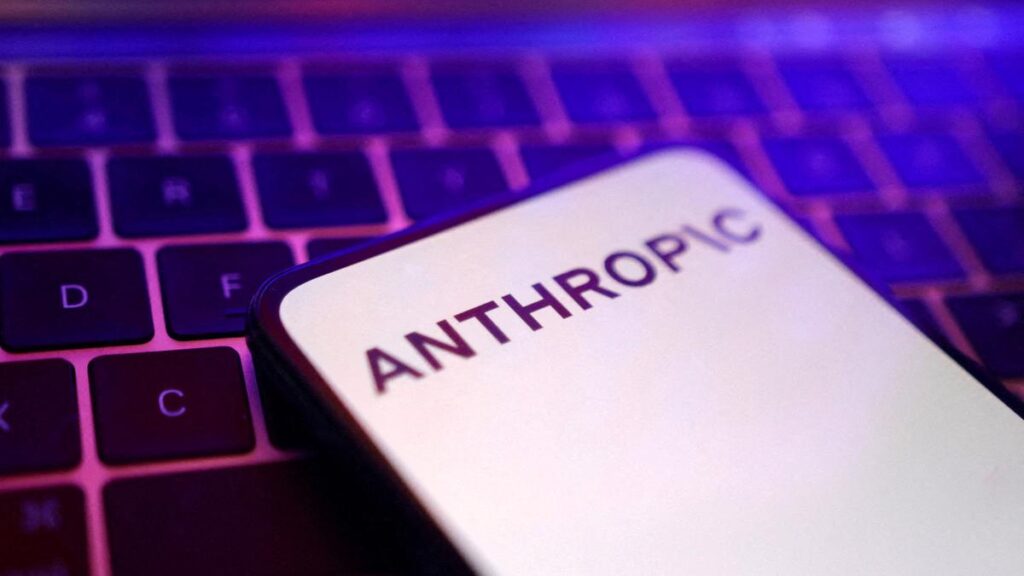In the evolving landscape of artificial intelligence, Microsoft’s recent decision to incorporate Anthropic’s technology into its Office 365 suite reflects a nuanced shift in the company’s AI strategy. Historically, Microsoft has primarily relied on OpenAI’s models to enhance its productivity tools, leaving many to speculate about the long-term sustainability and performance of these technologies in a rapidly changing marketplace. This analysis not only examines the strengths and weaknesses of these tools but also explores their costs, return on investment (ROI), and scalability, providing SMB leaders and automation specialists with a comprehensive framework for making informed decisions.
Microsoft’s integration of Anthropic’s technology signals a critical pivot towards diversification in its AI portfolio. For SMBs, this presents an opportunity to leverage advanced AI models tailored for specific tasks such as financial automation and presentation generation. While OpenAI’s products, including its latest GPT-5 release, have made significant strides in text generation and natural language understanding, the emerging capabilities of Anthropic’s Claude Sonnet 4 have been noted for their superior performance in certain applications. Reports from developers indicate that Anthropic’s models excel in producing aesthetically pleasing PowerPoint presentations and in automating intricate financial functions within Excel.
Cost is a paramount concern for SMB leaders when evaluating AI tools. Microsoft’s partnership with Anthropic, which requires accessing models through Amazon Web Services—given that AWS is a major investor in Anthropic—adds a layer of complexity to the pricing structure. Although Microsoft has committed to maintaining the current pricing for its AI-enhanced Office tools, potential hidden costs may arise from the need for integration, training, and support. Businesses must meticulously calculate the total cost of ownership to determine whether the benefits of enhanced features justify the investments.
In terms of ROI, the methodologies employed in AI-driven automation yield tangible results that could underpin long-term growth for SMBs. For instance, deploying Anthropic’s technology for generating financial reports can save time and reduce human error, which translates into cost savings and improved decision-making. However, measuring these intangible benefits against the upfront costs associated with implementation is necessary for a holistic understanding of potential returns.
Scalability is another critical factor impacting the feasibility of these technologies for SMBs. As organizations expand, their operational requirements become increasingly complex, demanding platforms that can adapt and grow in parallel. Microsoft is actively developing its AI models, and the integration of Anthropic’s solutions could provide essential flexibility. This scalability could be a deciding factor for businesses considering these tools, particularly in industries where data analytics and visual presentations play pivotal roles in strategy formulation and execution.
When comparing OpenAI and Anthropic, an essential dimension to consider is their respective support ecosystems. OpenAI has established a solid foundation through its hefty investments from Microsoft, resulting in a robust network of resources for users. In contrast, Anthropic, although relatively new, is making strides in customer support, positioning itself as a formidable alternative by catering to specific user needs more adeptly in certain scenarios. Consequently, SMB leaders must evaluate which platform aligns best with their operational context and user expectations.
In an environment where businesses are ardently seeking automation solutions, the emergence of platforms like Make and Zapier further complicates the decision-making landscape. While both tools facilitate automation through no-code solutions, Make’s visual workflow capabilities outshine Zapier in terms of customizability and flexibility, particularly for businesses requiring sophisticated integrations. However, Zapier’s ease of use and broader accessibility may appeal to SMBs looking for rapid deployment at a lower barrier to entry. As these tools continue to evolve, their integration with powerful AI models will be crucial, and choosing the right combination could significantly enhance efficiency and productivity.
Ultimately, in this fast-paced technological era, the interplay between performance, cost, and scalability will define the success of any chosen AI or automation platform. SMB leaders must prioritize tools that not only address immediate operational challenges but also align with their long-term strategic goals. Thorough testing, feedback loops, and a clear understanding of organizational needs will be essential in this selection process.
FlowMind AI Insight: As businesses navigate the complex world of AI integration, it’s imperative that they leverage the insights and adaptability of emerging technologies like Anthropic and OpenAI. A tailored approach to selecting the right tools will not only enhance operational performance but also pave the way for sustainable growth in an increasingly competitive landscape.
Original article: Read here
2025-09-10 04:50:00

